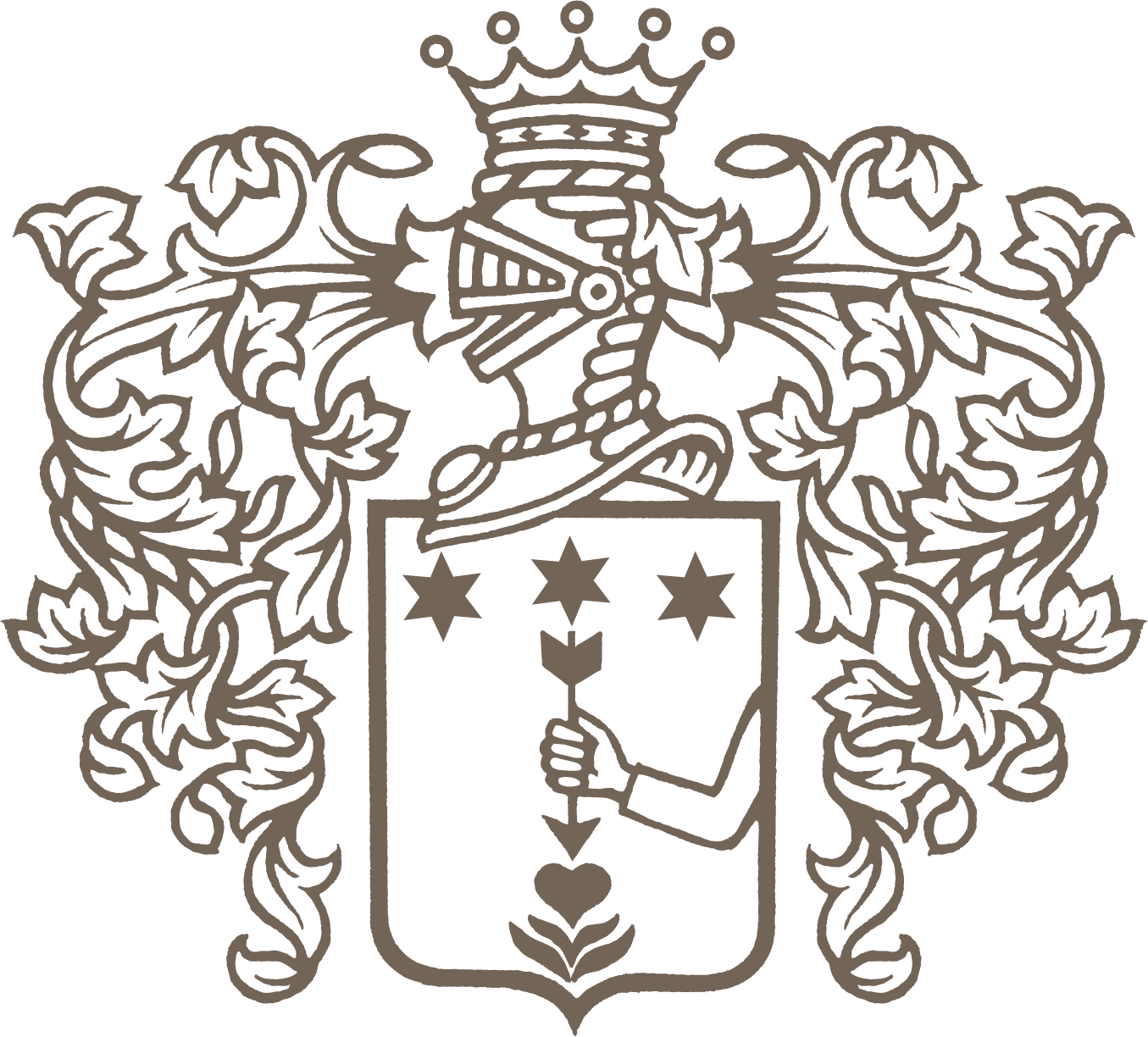Tazzelenghe
(sin. REFOSCO DAL BOTTON)
The first testimony of this variety comes to us in 1823 from Di Maniago who speaks of cup-language wine. Tazzelenghe in the Friulian language means “cut the tongue” with evident reference to the characteristics of the grape which, when tasted, gives the impression of sparkling, bitter and sour.
Explore the variety of diverse wines and catch Refosco's essence


Your personality is strong
mighty your body.
You can be rough and grumpy
rustic and rural.
In the end though
inside your heart
they discover themselves
sudden
unexpected
notes of kindness and courtesy.
- Translation from Oscar Della Maestra -
About
The first testimony of this variety comes to us in 1823 from Di Maniago who speaks of cup-language wine. Tazzelenghe in the Friulian language means “cut the tongue” with evident reference to the characteristics of the grape which, when tasted, gives the impression of sparkling, bitter and sour. It was considered a special grape of Friuli, very productive, and was used to improve weak wines. The Tazzelenghe variety is mentioned in the catalog of the Udine agro-horticultural plant of the year 1864, and in 1922 Dr. Domenico Dorigo defined it “… a vine similar to Refoscone / Refosco di Faedis, but more vigorous and fertile than this”. In some hilly areas the Tazzelenghe was called “Refosco dal botton”. Very resistant to downy mildew and powdery mildew, it gives a slightly rough wine initially, and therefore needs a period of aging in wood to soften. This vine is currently little cultivated in the region, and some small ancient vineyards are located near the Abbey of Rosazzo.
Tazzelenghe is part of the large Refoschi family and is related in the first degree to Refosco di Faedis, together with Berzamino, Refosco Bianco, Refosco di Rauscedo and Coneute.
Tazzelenghe wine has a medium-high color intensity, with ruby red tones combined with purple hues that are maintained even during aging. On a sensorial level, the nose encounters hints of red fruit (blackberry, raspberry, cherry) and spices (licorice and to a lesser extent white pepper); there are also some floral and dry vegetable sensations that make the aroma of this wine complex. At the gustatory level when young it has a high acidity, which increases the astringent sensation given by the tannins, while both the structure and the persistence are medium. It softens after a period of aging in wood, opening up with a wide range of pleasant sensations.
Dott. Paolo Sivilotti
Listen now
Music composed and performed by Claudio Filippini - piano
inspired from by original poems of Oscar Della Maestra
Discover the next biotype or...
...scan the next QR code!

